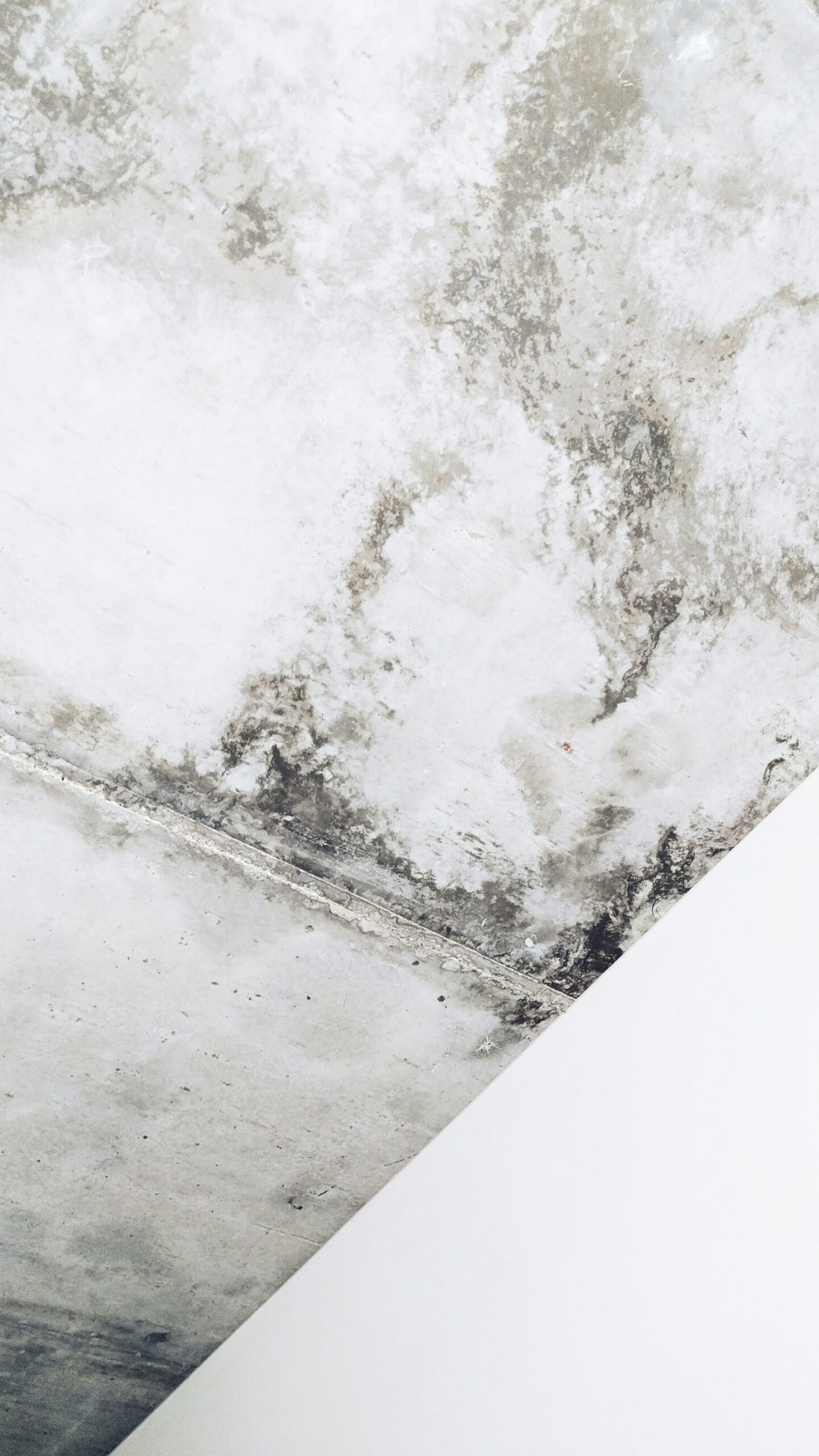
Key Takeaways:
- Maintenance of low humidity is crucial in preventing mold regrowth.
- Consistent cleaning and inspections deter future mold issues.
- Improvements in home ventilation can sustain a mold-resistant environment.
Understanding Mold Regrowth
Mold regrowth occurs when conditions within the home revert to being conducive for spore germination and colonization. Even after thorough mold removal Seattle, spaces with persistent dampness, warmth, and poor ventilation are at high risk for mold return. Educating homeowners on the conditions that facilitate mold growth is central to keeping their environments clean and safe post-remediation.
Regulating Home Humidity Levels
Managing indoor humidity should be a top priority in the battle against mold. Hygrometers can be used to monitor humidity, which ideally should be kept between 30% and 50%. Utilizing dehumidifiers and air conditioners, especially in hotter months, helps reduce indoor air moisture. Regularly checking and fixing leaks in roofing, pipes, and faucets also helps to keep humidity levels under control, dismantling potential mold habitats.
Effective Cleaning and Maintenance Routines
Cleaning routines serve as a frontline defense against mold regrowth. Frequently cleaning high-moisture areas like bathrooms and kitchens with mold-inhibiting products can halt spore settlement. Mitigating the accumulation of organic materials, such as food particles and dust, denies mold the “food” it needs to prosper.
Ventilation Solutions for a Dryer Home
Improperly ventilated homes trap moist air, which is ideal for mold proliferation. Ensuring all rooms, especially areas prone to dampness, have adequate airflow is crucial. Strategies include using exhaust fans, opening windows when weather permits, and ensuring that clothes dryers vent directly outside. For persistent dampness issues, especially in areas like basements, installing a permanent ventilation system might be necessary.
Considerations for Building Materials and Furnishings
Certain construction materials and furnishings can either resist or support mold growth. Materials such as mold-resistant drywall or paints containing mold inhibitors are excellent for areas with high moisture exposure. Furniture and carpets that have been in mold-affected areas should be cleaned thoroughly or replaced to prevent spores from re-infesting the space.
Routine Inspections for Early Detection
Regular inspection of areas previously affected by mold and new spaces with potential for growth aids in the early detection and management of mold resurgence. Homeowners should primarily focus on attics, crawlspaces, and basements where limited visibility and airflow can give mold the secrecy it needs to return.
Leveraging Professional Preventative Measures
After mold removal, some homeowners may opt for preventative treatments from professionals, which can include the application of antimicrobial sealants to discourage mold growth on surfaces. Professional assessments can also provide invaluable advice tailored to the specific needs of the home environment.
The Continuous Effort for a Mold-Free Home
Preventing mold regrowth is a continuous process that homeowners must be diligent about. Commitment to maintaining a dry, clean, and well-ventilated home is the best assurance against mold making an unwelcome comeback. By following these guidelines and staying proactive, a mold-free home is an attainable and sustainable goal.
In conclusion, safeguarding your home against mold regrowth demands a multifaceted approach that involves controlling humidity levels, implementing effective cleaning routines, ensuring proper ventilation, selecting mold-resistant materials, conducting routine inspections, and considering professional preventative measures when necessary. By staying vigilant and committed to these strategies, homeowners can create a health-friendly and mold-free living environment for themselves and their families. Remember, the effort put into prevention today pays off in the long run, ensuring a safer and more comfortable home for years to come.
